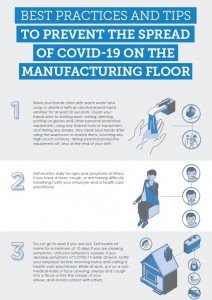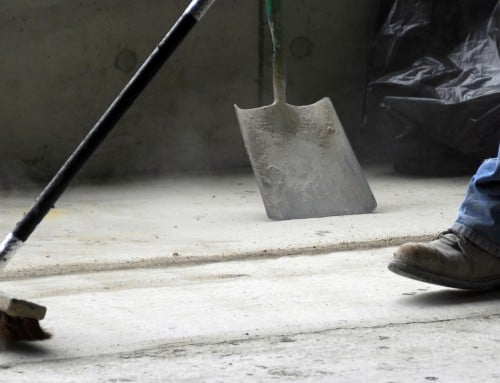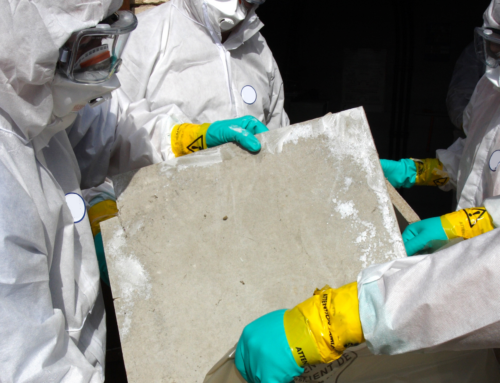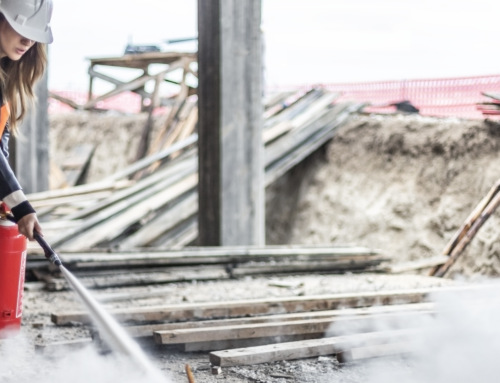1) Wash your hands often with warm water and soap or disinfect with an alcohol-based hand sanitizer for at least 20 seconds. Clean your hands prior to starting work, eating, drinking, putting on gloves and other personal protective equipment, using any shared tools or equipment, and taking any breaks. Also clean your hands after using the washroom or shared items, touching any high-touch surfaces, taking personal protective equipment of, and at the end of your shift.
2) Self-monitor daily for signs and symptoms of illness. If you have a fever, cough, or are having difficulty breathing notify your employer and a health care practitioner.
3) Do not go to work if you are sick. Self-isolate at home for a minimum of 10 days if you are showing symptoms until your symptoms subside. If you develop symptoms of COVID-19 while at work, notify your employer before returning home and calling a health care practitioner. While at work, put on a non-medical mask or face covering, sneeze and cough into a tissue or into the crease of your elbow, and avoid contact with others.
4) Reduce close contact with other people by keeping a two-metre distance. Use all provided modifications to workstations, such as plexiglass barriers. When you are unable to maintain a two-metre distance from others, make use of personal protective equipment such as a non-medical mask or face covering. Avoid shaking hands. Alternate when you take your break and stagger when you start or end your shift.
5) If your employer requires non-medical masks, face coverings, gloves, eye protection, and other personal protective equipment, ensure they are used appropriately. Clean your hands before putting on and taking of all equipment. Remove and dispose of non-medical masks, face coverings, and gloves in a garbage bag immediately after use. Disinfect eye protection for reuse.
6) Increase cleaning and wash high-touch surfaces with a disinfectant, such as antimicrobial disposable wipes or a diluted bleach solution. High-touch surfaces can include washrooms, shared offices, shared equipment and tools, common tables, desks, light switches, and door handles.
Key Facts:
- COVID-19 is caused by the SARS-CoV-2 virus. It spreads between people who are in close contact with one another (within about 6 feet) through respiratory droplets.
- Symptoms can include fever, sore throat, coughing, and difficulty breathing.
- 80% of those infected will have mild symptoms and will recover at home.
- 1 out of 6 people infected will become seriously ill and will have difficulty breathing.
- Older people and those with underlying medical conditions are more likely to develop a serious illness.
Thank you for your hard work in keeping us and the economy afloat! If you have a fever, a cough or are having difficulty breathing, call a health practitioner immediately.
Download our infographic here!
This blog is provided for information only and is not a substitute for professional advice. We make no representations or warranties regarding the accuracy or completeness of the information and will not be responsible for any loss arising out of reliance on the information.







